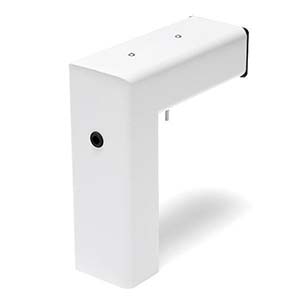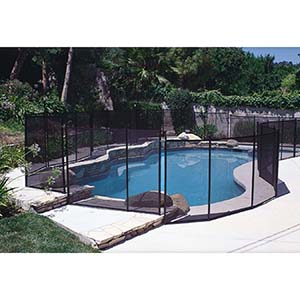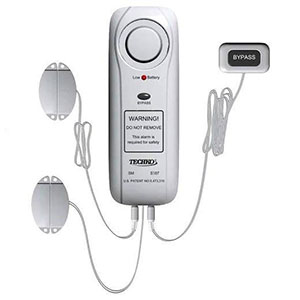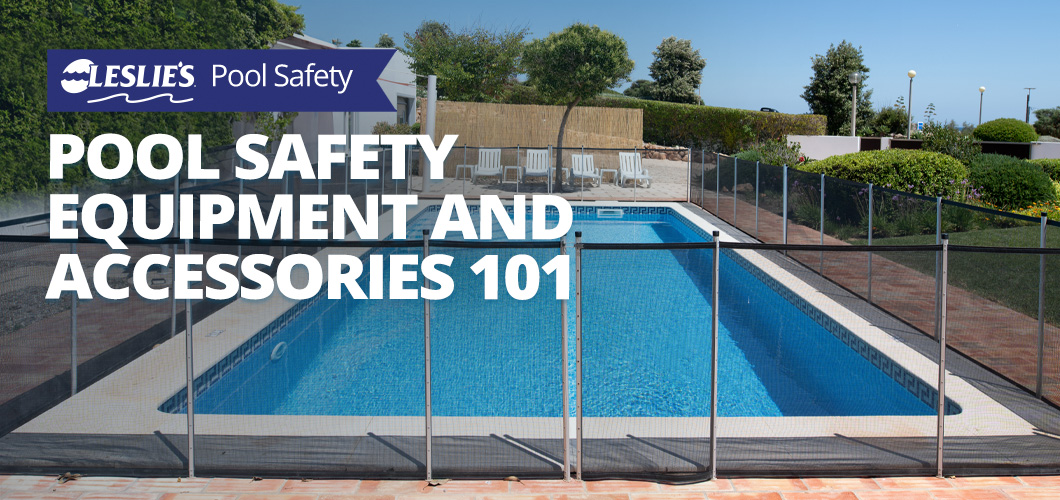
Pool Safety Equipment and Accessories 101
With spring on the horizon, now is the perfect time to prepare your pool for the upcoming swim season. Before the pool parties and backyard bashes begin, it’s important to assess the security of your pool and backyard. Start by asking yourself the following questions: Is your pool area tucked away behind a self-closing, self-latching, lockable gate? Are all drains properly secured and covered? Do you have a way to help someone if there is a water emergency? If you answered no to any of these questions, you have some work to do! Keep reading to learn about some of the most important types of pool safety equipment and accessories, and why they're so essential to have on hand.
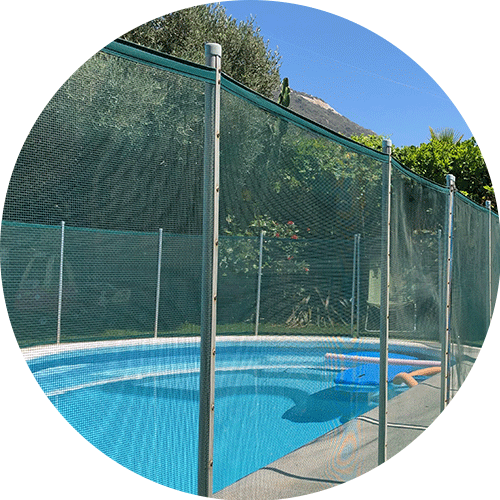
Pool Fences
A sturdy, permanent pool fence is the first line of defense when it comes to maintaining a safe pool area. Pool fences prevent children, animals, and even adults from entering the pool area without permission. Additionally, many pool fences feature self-closing and self-latching gates, which will keep you from asking yourself, "Wait, did I close the pool gate??"
Installing a pool fence isn't just a matter of compliance with state and local laws, it's a crucial step in preventing accidents and ensuring the safety of all users. A properly installed and maintained pool fence can significantly reduce the risk of drowning incidents and provide an added layer of protection for your loved ones.
BONUS TIP: When most people think of a pool fence, they likely think of an unattractive, flimsy mesh fence. Thankfully, that's no longer the only option! Modern pool fences come in many different styles, materials, and shapes, and can be tailored to fit any backyard aesthetic. Check out our other Resource Center article for more information on safe, but stylish, pool fences.
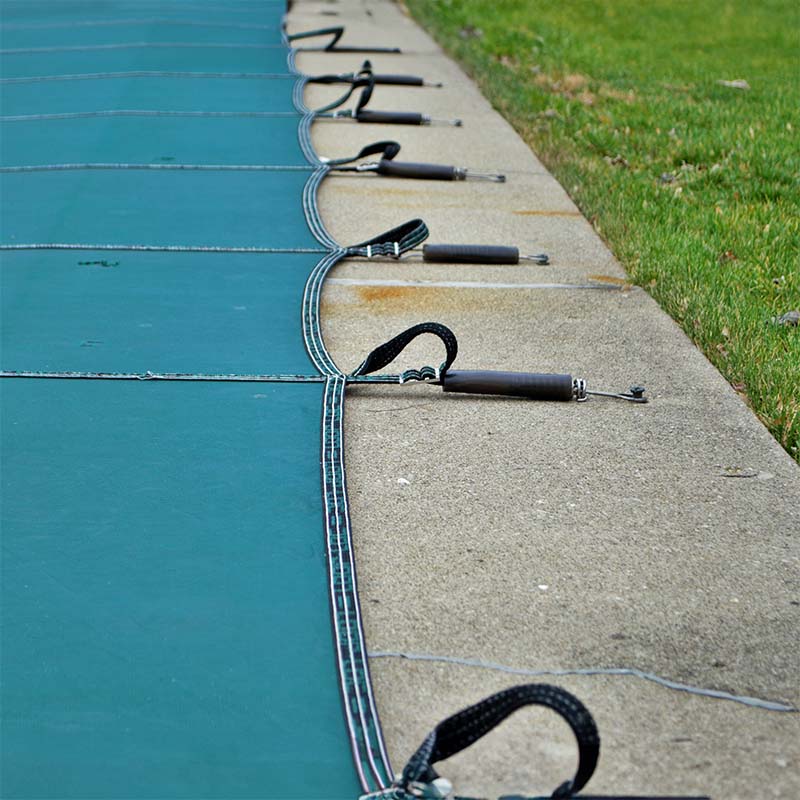
Pool Safety Covers
If you live in an area where closing your pool for winter is a standard practice, investing in a solid or mesh safety pool cover is a must. Safety covers are significantly stronger and more durable than lighter weight winter covers, thanks to their reinforced, tightly woven fabric. And unlike winter covers, which are secured to the pool with water bags, safety covers feature heavy-duty straps that lock into anchors installed in the pool deck. These straps and anchors ensure the safety cover sits flush against the surface of the pool, preventing anyone, or anything, from slipping under the cover and into the water.
Furthermore, thanks to the strong anchors and straps, safety covers can support a tremendous amount of weight. Which means if someone fell onto the cover, they could safely crawl to the side of the pool and exit, without the fear of the cover collapsing into the water.
BONUS TIP: Repeatedly placing heavy loads on the cover will wear out the straps, loosen the anchors, and eventually wear holes in your cover where it touches the deck. Once you determine the weight capacity is adequate, try to avoid letting anyone walk or stand on the cover.
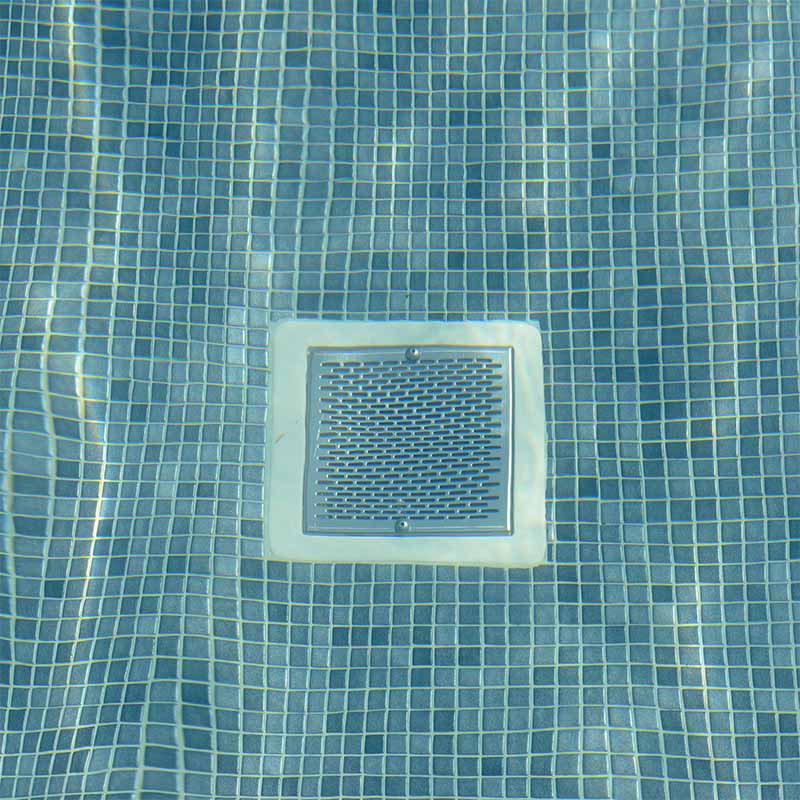
Pool Drain Covers
An often overlooked, but immensely important pool safety feature is the main drain cover. Pool drain covers cover the main suction outlet at the bottom or side of a pool. A poorly fitted or damaged drain cover can cause something called entrapment. While relatively rare, this life-threatening situation happens in the blink of an eye and puts even the most experienced swimmers at risk. As the name implies, entrapment occurs when a swimmer's hair, clothing, or body part gets pulled into and trapped against the main pool drain because of high suction pressure. And as you can imagine, when the suction is strong enough, the swimmer is unable to free themselves and return to the surface for air.
A well-fitted and properly installed main drain cover is essential for protecting swimmers of all ages and skill levels. Inspect the integrity and age of your drain cover each year to ensure it's still in good shape, and more importantly, that it's safe.
EXPERT TIP: Is your main pool drain safe and up to code? Learn more about pool drain safety tips and the story behind the Virginia Graeme Baker Act Pool and Spa Safety Act in our Resource Center.
Pool Alarms
Pool alarm systems may not be as common as other safety measures, but they're a handy way to increase pool safety. These systems can notify you when the pool gates are opened, if someone is in the pool area, or even if a swimmer enters the water. Swimming pool alarms come in different types, depending on the area of installation. Whether you prefer a gate, perimeter, floating, or ground alarm, there are many options to choose from. Additionally, there are innovative underwater swimming pool alarm systems equipped with motion sensors to alert you when someone jumps or falls into the pool.
Pool Security Cameras
Just as you use a security camera to monitor your home, consider installing one by your pool for added safety. Many pool security cameras link directly to an app on your smartphone, giving you 24/7 pool surveillance, no matter where you are.
However, it’s important to note that while pool security cameras increase pool surveillance, they cannot stop someone from entering or falling into the pool. For complete pool safety, pair outdoor security cameras with a sturdy, locking pool gate and alarm system for added protection.
Water Rescue Equipment
When it comes to pool and water safety equipment, many products are geared towards preventing emergencies. But what happens when prevention fails and you find yourself needing to rescue someone in the water? That's where these tools come into play! The following types of pool safety equipment should be on hand at all times, and can make all the difference when it comes to helping someone struggling in the pool:
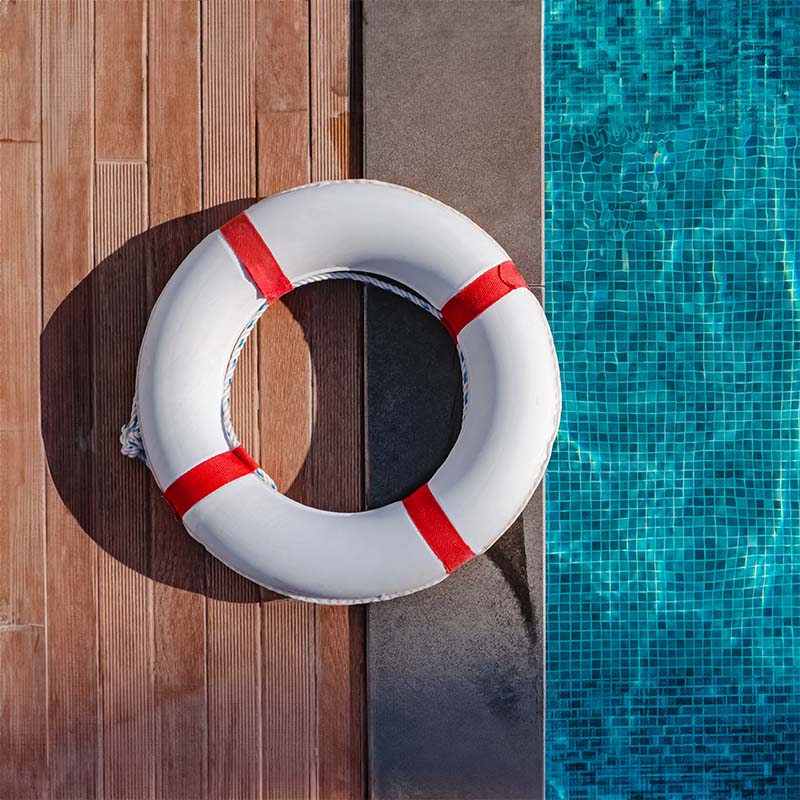
Reach and Throw, Don't Go
For many people, their initial reaction to seeing someone struggling in the water is to jump in and try to save that person. However, although this is an admirable instinct, this can actually worsen the situation. When a person is actively drowning, they will go into full panic mode and try to grab onto anything that will keep them afloat. And if you jump in to save them, they will likely grab onto you and could pull you underwater with them.
The most important thing to remember in a situation like this is the phrase, "Reach and Throw, Don't Go." This means, unless they are a small child, do not enter the water to try and help. Instead, throw them a safety or flotation device like the ones mentioned above. By keeping yourself safe, you give them a better chance of surviving.
By investing in essential pool safety equipment, such as pool fences and gates, pool alarms, life jackets, pool covers, and pool safety signage, you can create a secure environment and prevent accidents. For even more recommendations on keeping your pool safe, stop by your local Leslie’s and speak with one of our pool experts.
